Best Chokuto Swords and Their Use in The History
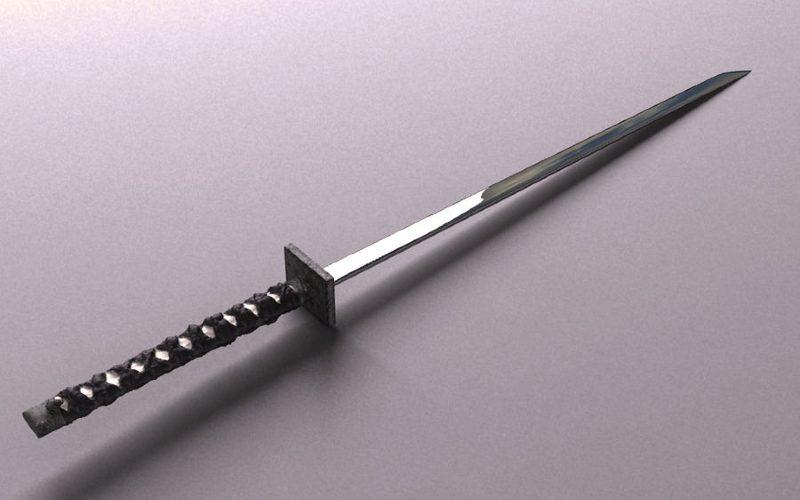
What’s in this article?
The chokuto were prehistoric swords with straight single-edged blades, predating the typical Japanese
Let’s explore the unique characteristics of the chokuto
Characteristics of the Chokuto Sword
The distinguishing feature of the chokuto
Here are the unique characteristics of the chokuto
Metal and Construction
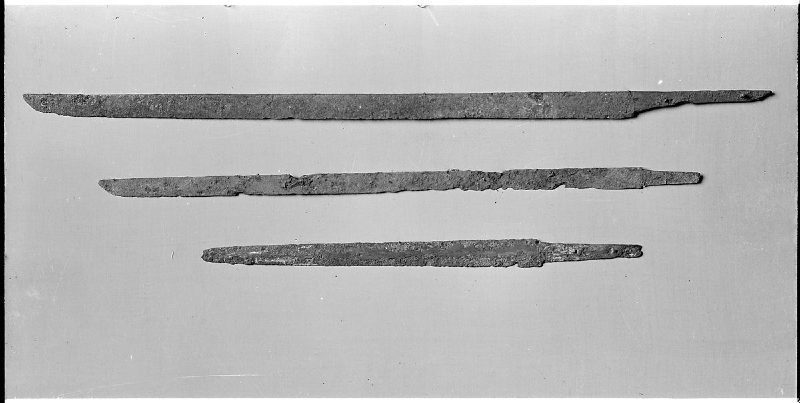
The steel for these early blades was homogenous and not folded or combined to create greater flexibility and strength. Chinese in design, some chokuto swords, along with the technology in constructing them, likely originated in China. By the end of the 5th century, Japanese swordsmiths had mastered the techniques of contemporary Chinese and Korean smiths, so they probably produced some chokuto swords of the time.
Some chokuto blades recovered from kofun tombs were partially polished and featured hand-forged steel and hardened cutting edges. However, many were too thin and bent from their own weight when held parallel to the ground, so they likely served as ceremonial swords instead of weapons.
Blade Appearance

The chokuto was straight and had a single cutting edge but may vary in cross-section design. The kiriha–zukuri blade has parallel sides but features a large bevel or ridge line called shinogi near the cutting edge, so the side of the blade tapers down. It also has a very narrow point area.
The other blade type is the hira-zukuri, a flat-sided blade without shinogi and yokote line or defined point area. While the kiriha–zukuri was more efficient in thrusting and hacking, the hira-zukuri had more advantage in slicing due to its tip design.
Early chokuto swords had a narrow and straight hamon or temperline pattern that usually lacked strength and clarity. Some fine chokuto of the late 5th century featured silver and gold inscriptions, usually the name of an emperor. Some were also decorated with motifs featuring flowers, horses, and birds.
Size and Length
Many chokuto swords had a blade length of about 70 to 80 centimeters. Including the tang, some swords could be about 100 centimeters in length.
Sword Mounting

Historical chokuto swords had wooden scabbards with gilt-copper fittings or silver-clad fittings. Some probably had lacquered scabbards, but only the metal components survived. Iron swords with ring-shaped pommels were not uncommon in Japan during the 1st or 2nd century as in China. Later, the mounting became a separate component and featured a decorative pommel.
Kofun-period straight chokuto swords equipped with a set of mountings, such as a hilt and scabbard, are sometimes referred to as tachi (大刀)—not to be confused with the curved tachi
Chokuto
Kanto Tachi
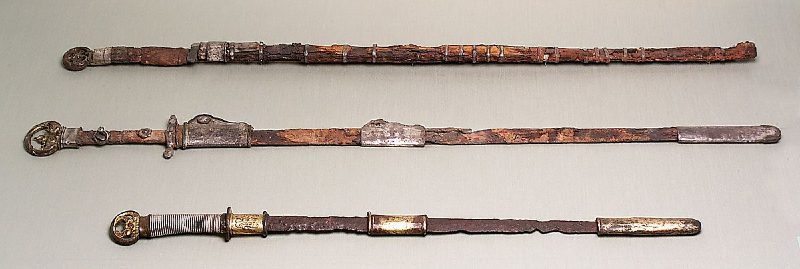
The most common Kofun-period mounting, the kanto tachi features a ring-shaped pommel that encircles the heads of phoenix or dragon. Historical examples also featured decorative patterns engraved on the hilt and scabbard, both covered in a gilt-copper sheet. However, they lacked the rounded
Kabutsuchi Tachi
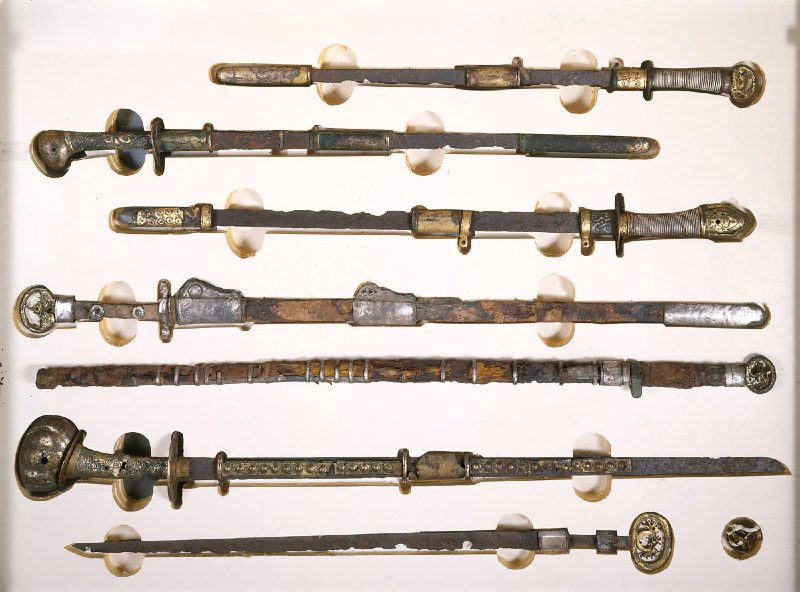
On the other hand, the kabutsuchi tachi has a bulbous pommel, resembling a stylized human fist. Some featured small rounded
Koshirae Mounting

Some historical chokuto blades were later remounted in koshirae with elaborate metal fittings, such as the decorative menuki on the hilt or tsuka and traditional
One famous example is the chokuto blade from the Nara period. Originally housed in Shosoin, Emperor Meiji removed it and kept it as his own. In 1873, metalworker Kano Natsuo created a koshirae or elaborate mounting for the blade, with a suiryu or water dragon pattern inlaid on the metal fittings. Since then, it became known as Suiryuken, meaning Water Dragon
Best Sword Alternatives for a Chokuto
Ancient
1. Best Overall: Custom Ninjato
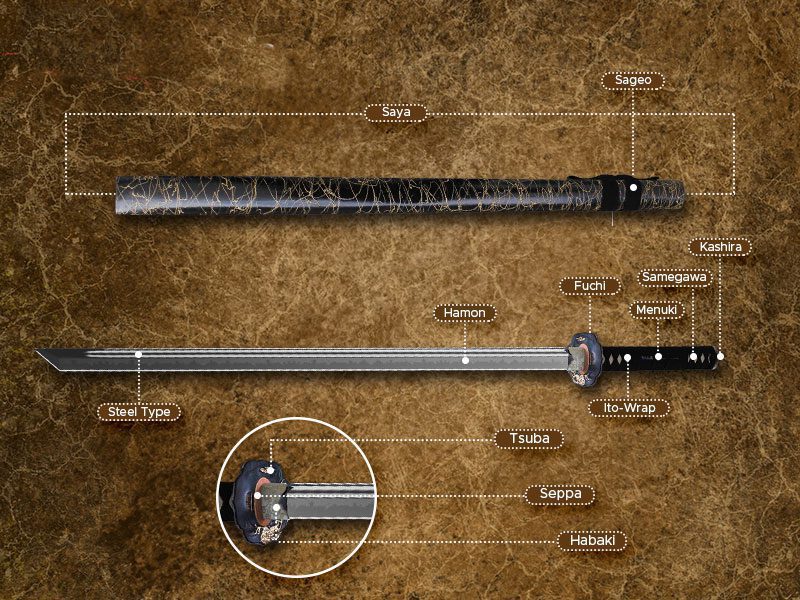
Just like the chokuto, the modern reproduction of a ninjato has a straight, single-edged blade, making it the perfect alternative for the ancient
Unfortunately, the customization does not include the Chinese-inspired pommel and hilt, though you can make the rest in a koshirae-style mounting similar to the famous Suiryuken. Instead of the traditional hilt wrapping on a Japanese
2. Best Premium: Hanwei Kouga Ninja-To

If you’re looking for a chokuto-inspired blade rather than a Chinese-inspired mounting, this ninjato may fit the bill. It features a straight blade with a razor-sharp edge constructed from high carbon steel. It has a blade length of about 57 centimeters, though it is a bit short for a chokuto
3. Best on a Budget: Ninja Sword in Shirasaya
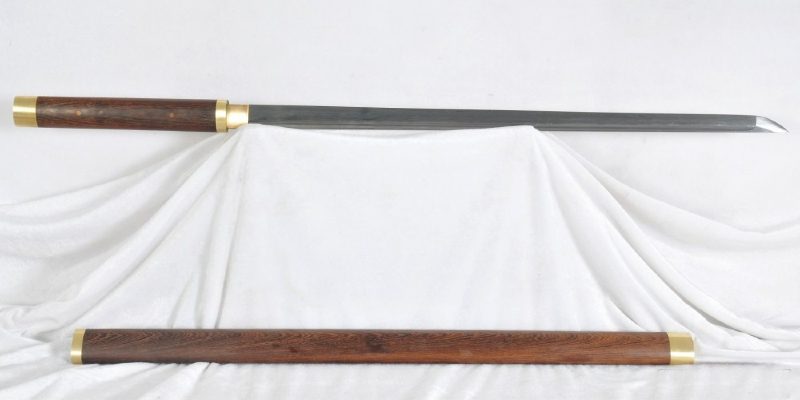
If you’re looking for a versatile
Chokuto Sword vs. Samurai Katana Sword
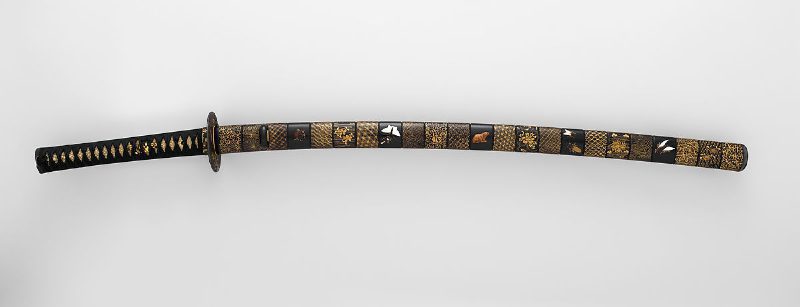
The chokuto had a straight, single-edged blade and functioned as a thrusting weapon, while the Japanese katana sword had a curved blade efficient for slashing. Also, the former is a pre-historic
The chokuto
The katana represents the quintessential Japanese sword, both in the blade shape and mounting. On the other hand, the chokuto swords were of Chinese design. The Japanese samurai sword in koshirae or elaborate mounting consists of a lacquered scabbard and decorative metal fittings. Some historical chokuto blades were also remounted in koshirae, with the most famous example known as Suiryuken or Water Dragon Sword.
Chokuto Sword vs. Ninja Sword
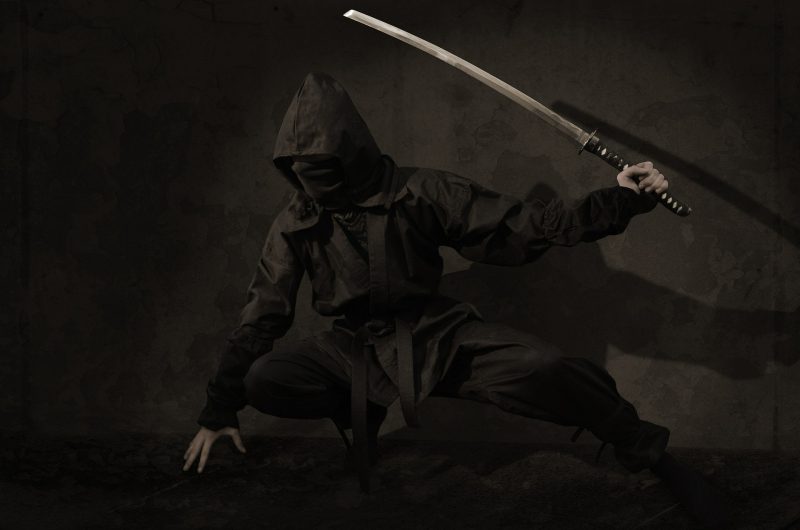
Any
The term chokuto refers to straight, single-edged swords of ancient Japan. On the other hand, the ninjato swords were relatively modern and were not always a straight-bladed
Also, the chokuto swords were more of Chinese design, particularly on the pommel and mounting. In contrast, the ninja
Both swords rarely had clay tempered blades, but modern reproductions of ninjato feature high carbon steel blades, with some blades crafted from damascus steel, t10 steel, and spring steel. Today, the ninjato swords are more popular than the chokuto, as they often appear in films and anime and also became an integral part of ninjutsu martial arts.
Facts About the Japanese Chokuto Sword
The chokuto swords were the usual straight-bladed swords of the Kofun and Nara periods. Here are the things you need to know about the ancient Japanese
The straight chokuto
In Chinese, the term tachi for the chokuto or straight swords is written as 大刀 to set it apart from the famous tachi
Straight swords, like the chokuto and ken or tsurugi, were not uncommon in ancient Japan.
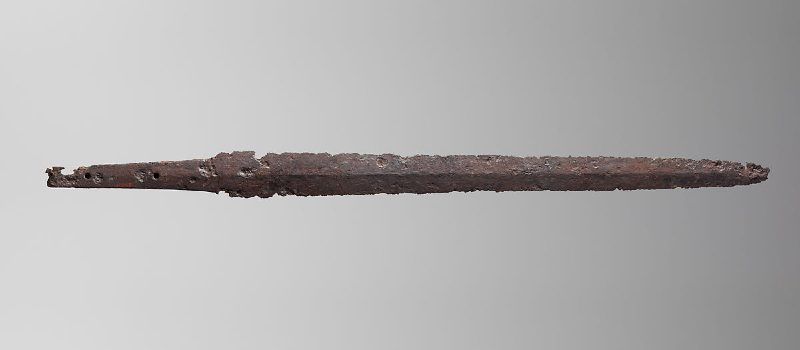
The Kofun period spanned from around 250 to 552 CE and got its name from the kofun burial mounds created during the time. Many weapons were recovered from these tombs, including chokuto swords and ken or tsurugi swords with a straight double-edged blade, similar to the Chinese jian. The tsurugi was used in Japan from the 3rd to the 6th centuries, but the single-edged chokuto gradually replaced it.
Scholars believe that some chokuto swords were produced in China.
The Wei Zhi, a Chinese historical text, mentions swords dealing with the country of Wa—the oldest known name of Japan in foreign sources. In 239 CE, Japanese ruler Himiko, also spelled Pimiko, accepted gifts from ancient China, including swords, mirrors, and silk. Modern scholars believe that Kofun-period swords, especially the chokuto, were of Chinese origins due to their style and blade inscriptions on some of them.
In the late Kofun period, swordsmiths experimented with blade hardness and durability.
While a very hard blade retained its cutting edge, it easily broke in combat. On the other hand, the softer blade was more flexible, but required frequent re-sharpening. So, Japanese swordsmiths started tempering the blades differently. Hardening the cutting edge more than the rest of the
At the end of the Nara period, the true Japanese
During the Nara period from 710 to 784, Japanese swordsmiths experimented with folded steel, which produced highly resilient and razor-sharp blades. By the end of the period, curved and differentially tempered blades, constructed of folded steel emerged.
By the Heian period from 794 to 1185, the curved and differentially tempered blades became the standard practice of swordsmiths. Other changes include the steepened blade surfaces for easier cuts, transitioning away from the bulky straight designs of previous periods.
The chokuto blade designs contributed to the development of curved swords.
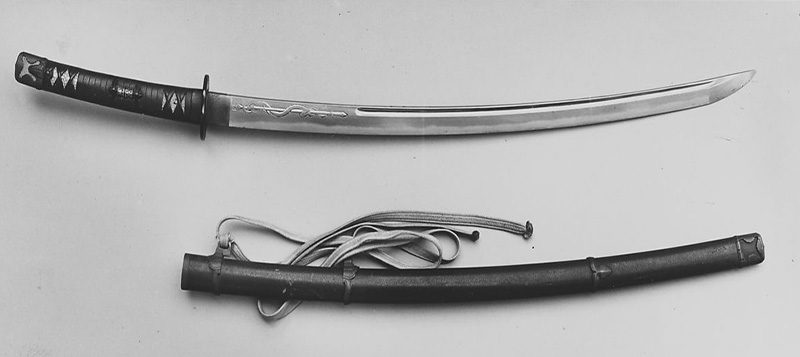
Some scholars believe that the chokuto’s blade designs—the kiriha–zukuri and hira-zukuri—were combined to create the first tachi, the first Japanese
Straight chokuto swords served as thrusting and hacking weapons.
The kofun-period warriors were not samurai per se but the military elite of early clan groups, and they used straight swords for warfare. Until the 10th century, warriors had fought mainly on foot. Straight blades were efficient for close-range fighting, mainly for hacking and thrusting.
As the samurai warriors established themselves as a ruling class, military tactics also changed. Since fighting on horseback required curved swords, many improvements were made to manufacture them.
The chokuto-style blades rarely appeared on later Japanese blades.
Some Kamakura-period tanto daggers had a hira-zukuri blade similar to the chokuto. However, long swords like the tachi and katana, the extra-long
Conclusion
Throughout history, the Japanese adapted their swords based on technological advancement and military strategy. The origins of the curved Japanese




